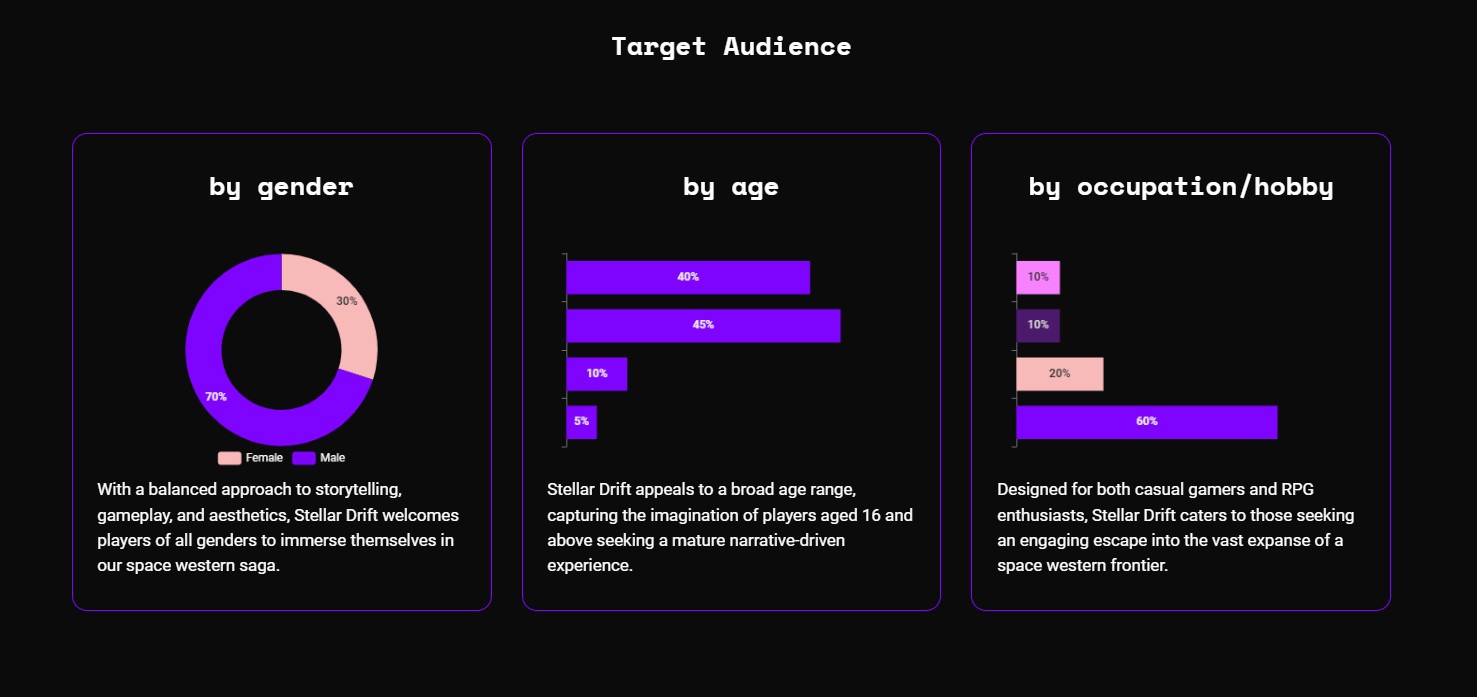Mistakes to avoid when creating your game proposal
Navigating the game development landscape can be as thrilling as it is daunting, especially when it comes to pitching your brainchild to those who can turn it from dream to reality.
Drawing from the wisdom of Erin Hoffman-John, a seasoned game designer and writer known for her candid insights into the gaming industry, I've compiled a list of crucial missteps to avoid in your game proposal that can dim the brightest of ideas.
1) Overestimating originality
Many game developers fall into the trap of believing their game idea is the first of its kind. While innovation is crucial, assuming your concept has no parallels can lead to overlooking existing games with similar themes or mechanics.
Do your research thoroughly to understand your game's unique value proposition and how it stands out in a crowded market.
2) Ignoring the audience
A common mistake is designing a game based on what you think is cool, without considering the target audience's preferences and gaming habits.
Know your audience—their likes, dislikes, and what they're currently playing. Tailor your proposal to highlight how your game meets an unfulfilled need or desire within this group.
3) Underestimating development challenges
It's easy to get caught up in the excitement of your game idea without fully considering the technical, financial, and time constraints involved in bringing it to life.
Be realistic about what it will take to develop your game, including potential hurdles and how you plan to overcome them. This shows potential backers that you're not just a dreamer but a problem-solver.
4) Skimping on details
While you might fear boring your audience with too much information, providing too little detail can be just as detrimental.
Your proposal needs to convey a clear vision of your game, including gameplay mechanics, story, art direction, and how it all fits together. Without these details, stakeholders can't fully grasp the potential of your idea.
5) Neglecting the competition
Failing to acknowledge and analyze your game's competition is a significant oversight. Understanding where your game fits within the current landscape helps you identify opportunities for differentiation and potential challenges.
Include a competitive analysis in your proposal to demonstrate your awareness of the market and how your game offers something unique.
6) Lacking a clear monetization strategy
Many proposals gloss over how the game will make money, which is a critical aspect for investors and publishers.
Outline a clear monetization strategy that aligns with your game's design and target audience. Whether it's through direct sales, in-app purchases, subscriptions, or advertising, showing you've thought about the financial viability of your game is crucial.
7) Forgetting about marketing
Assuming your game will sell itself once it's developed is a risky proposition.
Include a marketing plan in your proposal that outlines how you'll generate buzz, engage with potential players, and maintain interest pre- and post-launch. This demonstrates a comprehensive approach to not just making a game, but making it a success.
8) Disregarding feedback
Lastly, being too attached to your original idea to the point of ignoring constructive feedback can be detrimental.
Be open to criticism and willing to adapt your proposal based on input from peers, potential backers, or focus groups. This flexibility can be the difference between a good game idea and a great one that gets funded.
















